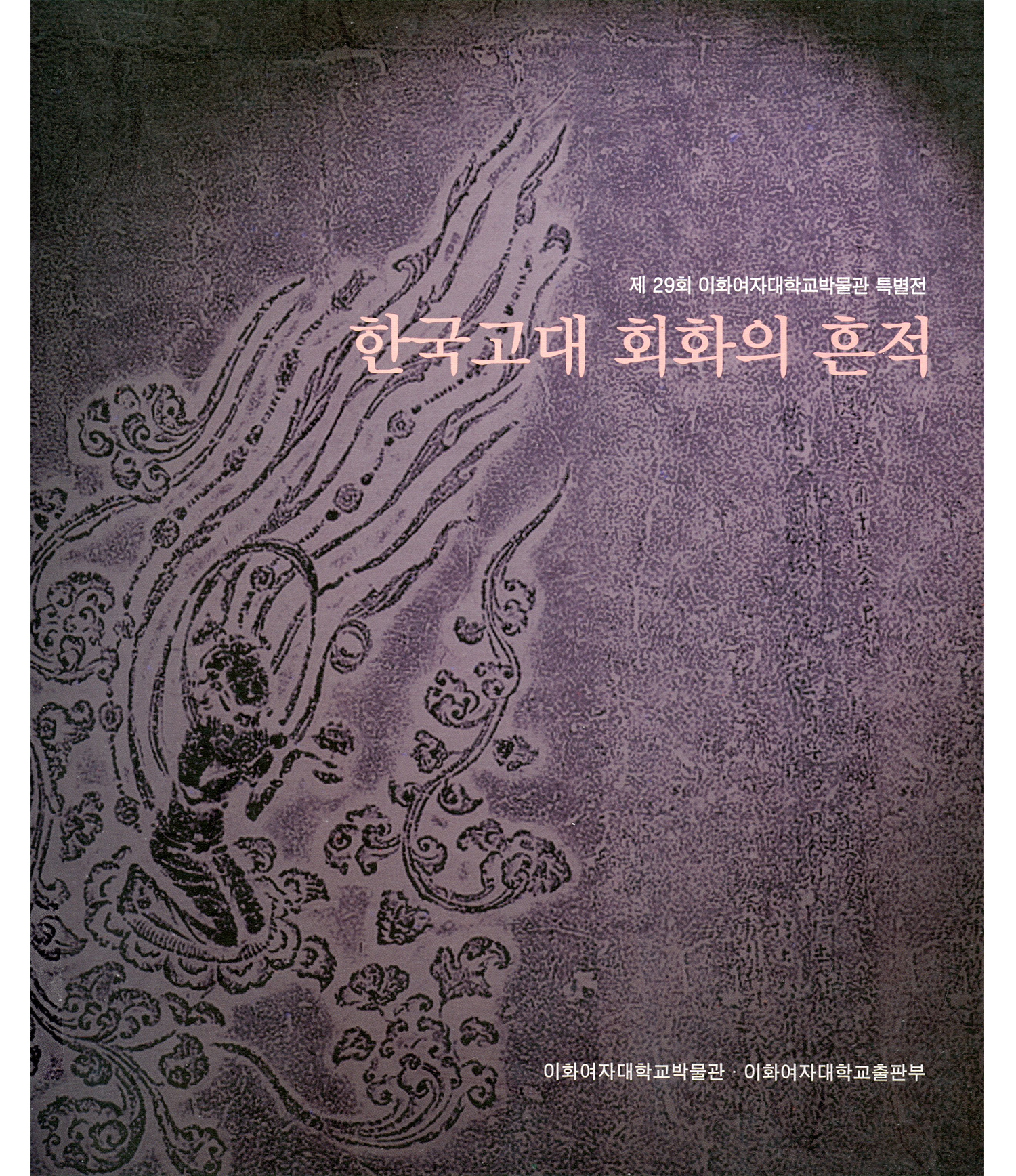
- The Emille Bell: Traces of Ancient Korean Paintings
- 전시장소Ewha Womans University Museum
- 전시기간2000.03.02. . - 2000.06.30. .
Because there are not many paintings extant from prior to the Joseon dynasty (1392-1910), the history of Korean painting is largely composed of paintings from that era. But through the murals from the Three Kingdoms period (57 B.C.-668) and the paintings, sculptures, celadon, and metal works of the Goryeo dynasty (918-1392), we can confirm that there were many magnificent examples of paintings that predate the Joseon dynasty. The Museum organized this exhibit with paintings and artifacts dating from the prehistoric age to Goryeo in an effort to fill the gaps in the history of Korean painting. Bowls with comb patterns from the Neolithic Age (5000 B.C.-1000 B.C.), bronze bowls and stone carvings found in Goryeong and Ulju from the Bronze Age, and ceramics from the Silla kingdom (57 B.C.-668) display that Korea possesses a geometrical and descriptive tradition. The paintings from Silla can also be glimpsed in the roof tiles from Unified Silla period (661~935), rubbings of the twelve astrological signs from tombs around Gyeongju, and in the rubbings taken from bronze bells such as the Sacred Bell of the great King Seongdeok (702-737). Goryeo celadon pieces with designs other than the typical arrangements of people, cranes, and peonies, metal artifacts such as copper incense burners, and Goryeo stone coffins with various designs, such as animals, plants, people, and structures, all suggest aspects of the paintings from the Goryeo dynasty.